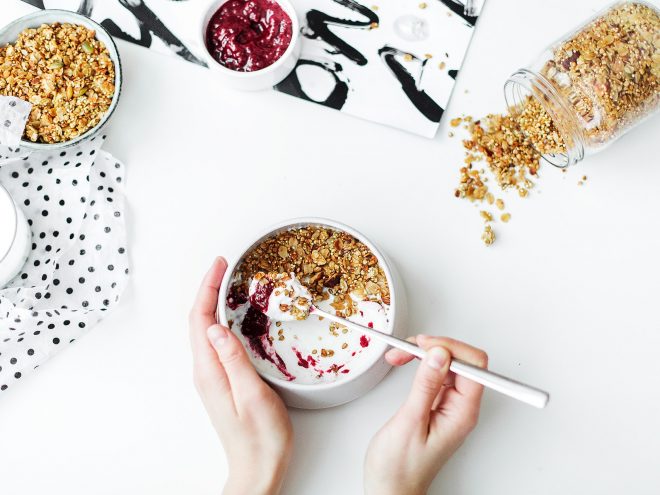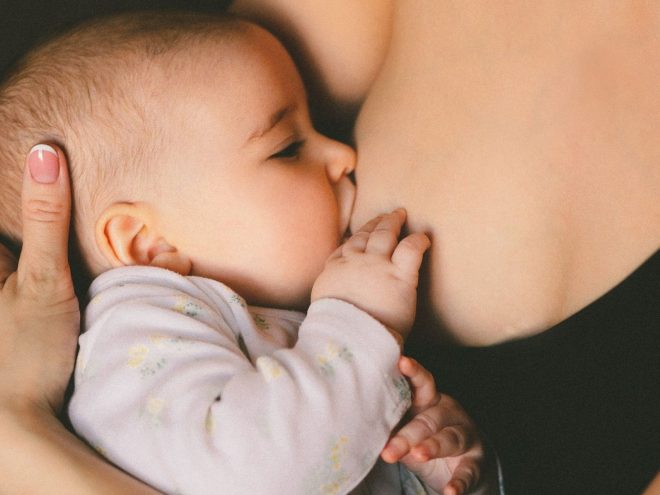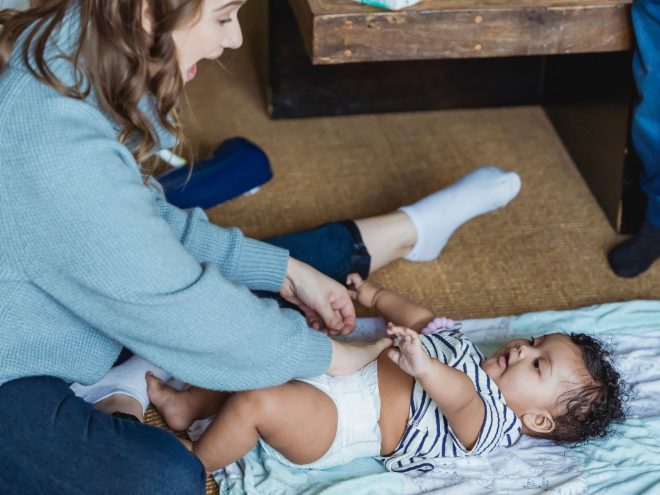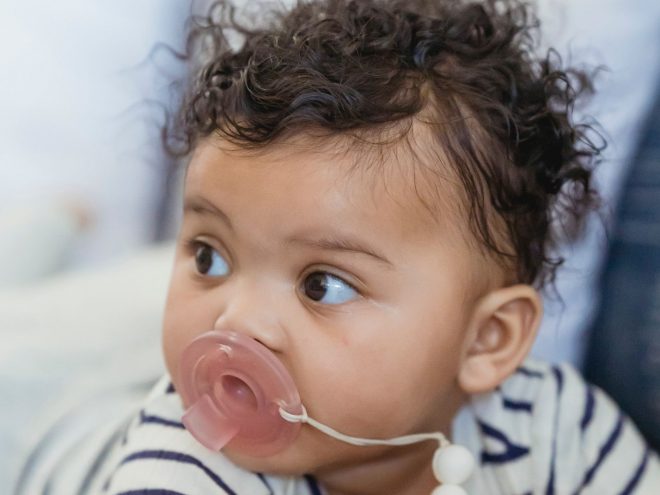Using cloth diapers is a fantastic way to save money, reduce your baby’s exposure to chemicals and lower your carbon footprint. They’re also adorable, coming in a wide variety of colors and designs. For beginners, this baby necessity can be a little overwhelming. Beyond the types to choose from, there are different changing and washing methods. This guide aims to give you a better understanding of how cloth diapers work and what it’ll take to incorporate them into your routine.
Choose a Fabric
When it comes to choosing a cloth diaper, one of the first aspects to consider is the fabric. The absorbent part of the diaper can consist of natural fibers, such as bamboo, hemp, cotton and wool, or synthetic microfibers. All materials have their benefits and drawbacks. Synthetic fibers, like polyester cloth, are affordable, easy to prepare, durable and absorb quickly. However, you cannot place this material directly against your baby’s skin, as it may irritate. As a result, some babies may be unable to wear this type of diaper. Synthetic microfibers are more challenging to clean, too. Natural fibers, on the other hand, are made entirely of plants. While the quality of organic cloth diapers varies by brand, most tend to be more absorbent, less bulky and easier to clean than synthetic materials. They also let your baby know when she’s wet by staying wet, allowing you to change the diaper in a timely fashion. Keep in mind that this material takes longer to dry and is typically more expensive than synthetic options.
Pick a Style
After deciding which material will best suit you and your baby’s needs, it’s time to choose a style. You’ll find many different types of cloth diapers, making it easy to get overwhelmed. From simple pre-folds to elastic fits, there’s something for everyone. However, choosing the right option generally comes down to convenience and reliability. Flats are a type of cloth diaper that mimic disposable ones. After wrapping your baby in the fabric, place a water-resistant diaper cover over the top to prevent wet clothes. Pre-folds are a simplified version of flats. As their name suggests, they are already partially folded and sewn to keep their shape. Both styles require a fastener, such as diaper pins, to keep them in place. Contours are a step up from pre-folds. They don’t require folding and come shaped to fit your baby. Some even come with elastic around the legs and waist to ensure a better fit. Likewise, fitted diapers are contoured to the shape of your child. They’re also guaranteed to come with elastic or velcro to simplify the process. The most common style of cloth diapers are pockets, which consist of two layers with a pocket in between where you place absorbent inserts. You can also find the all-in-one diaper, which comes with an insert and built-in absorbency layer.
Learn to Change Diapers
The least fun part about diapers, no matter the kind, is changing them. Regardless of quality, you must change cloth diapers immediately after getting soiled to prevent leaks. Since the typical newborn goes through 10 to 12 diapers per day, it’s smart to have at least 30 cloth diapers — if not more — at the ready. For diapers containing only urine, remove and place them in a diaper pail to wash later. For soiled clothes, shake out as much as you can over the toilet or use a diaper sprayer. You might also consider purchasing flushable liners that catch solids before they hit the diaper. Otherwise, rinse or shake out the cloth and place it in the pail.
Develop a Washing Routine
The last step to using cloth diapers is washing them, a process that isn’t much different than laundering your clothes. The first thing you’ll need is a baby-safe detergent that doesn’t contain irritating chemicals. You’ll also want to refrain from using fabric softeners, as they can cause cloth diapers to become water-repellent instead of absorbent. They can also leave residue behind, resulting in skin irritation. To wash cloth diapers, throw them in the machine along with the pail liner. Run a short prewash cycle with a small amount of detergent. This process eliminates the majority of urine and any remaining waste. Next, run a full wash with as much soap as you’d put in a large size load. Then, run a heavy-duty cycle. Once washed, run the fabric through the dryer without dryer sheets or allow them to air dry.
Cloth Diapers — Are They Practical?
Even if cloth diapers sound like a hassle, you’ll never know for sure unless you try them. By replacing disposable diapers with reusable ones, you can cut down on the expenses of having a newborn, help the environment and potty train your little one faster. Of course, it’s essential to analyze your circumstances when deciding whether to use cloth. If you don’t have a functioning washing machine, for example, you may have to ask yourself if they’re a practical option. However, for most parents, cloth diapers prove to be an excellent alternative.
Momish is reader-supported. When you buy through links on our site, we may earn an affiliate commission.





